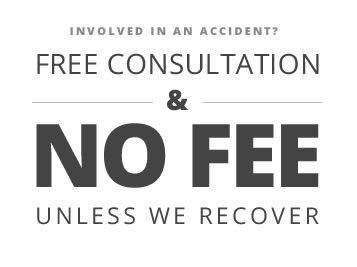The results are in on a recent, ground-breaking study on drowsy driving conducted by the American Automobile Association (AAA) and, unfortunately, the numbers exceed expectations: The percentage of crashes that occur as a result of sleepy drivers is almost eight times more than federal agencies previously estimated. The reason for the discrepancy between the AAA findings and prior statistics is likely the fact that the study took a different approach than government officials had relied on in the past. The higher numbers reveal that drowsy driving accidents in Maryland are more common than you think, but the availability of advanced technology may have a significant impact to reduce them.
Key Findings of the AAA Study on Drowsy Driving: AAA published its report, Estimating the Prevalence and Crash Risk of Drowsy Driving, in February 2018. Interesting statistics include:
- Around 35% of US motorists sleep less than the recommended minimum of seven hours per day;
- At 96%, almost all drivers view sleepy driving as a huge problem; however, 29% admit to operating a vehicle when they had a hard time keeping their eyes open within the last month; and,
- Missing just two to three hours of sleep can more than quadruple your risk for being involved in a drowsy driving accident.
Unique Approach to the Study
The AAA study was the first of its kind to gather solid data on how often sleepiness is a factor in auto collisions. Previous statistics were based upon reviewing police reports where motorist made statements admitting to being drowsy while driving. AAA looked at dashboard camera video footage gathered from more than 700 accidents to determine the amount of time a driver’s eyes were closed or drooping in the moments immediately preceding the crash.
Researchers applied a scientific formula that links the percentage of eye closure to the person’s level of sleepiness. They found that 9.5% of all traffic collisions are due to drowsiness; estimates derived from federal government reports indicate that only 1-2% of crashes involved sleepy motorists.
How Technology Helps Avoid Drowsy Driving Accidents
Advancements in technology now allow motor vehicle manufacturers to implement safety features that could reduce the number of sleep-related car crashes. Examples include:
- Collision warning systems alert a driver to obstacles ahead of the vehicle by sounding an alarm when the car comes within a certain distance;
- Automatic emergency braking, which stop the car if the system senses an accident; and,
- Lane-departure alarms that go off when a driver strays into another lane.
Even if your vehicle does not incorporate these safety features, AAA has some safety tips to prevent drowsy driving accidents:
- Drive at times when your body clock is awake;
- Avoid heavy foods when you know you will be driving;
- Take frequent breaks to rouse your body on longer trips; and,
- Know the side effects of your medications and use caution after taking them.
See Related Blog Posts:
CDC Fact Sheet: Teen Car Accidents
Speed a Factor in Car Accident that Injured Maryland Woman


